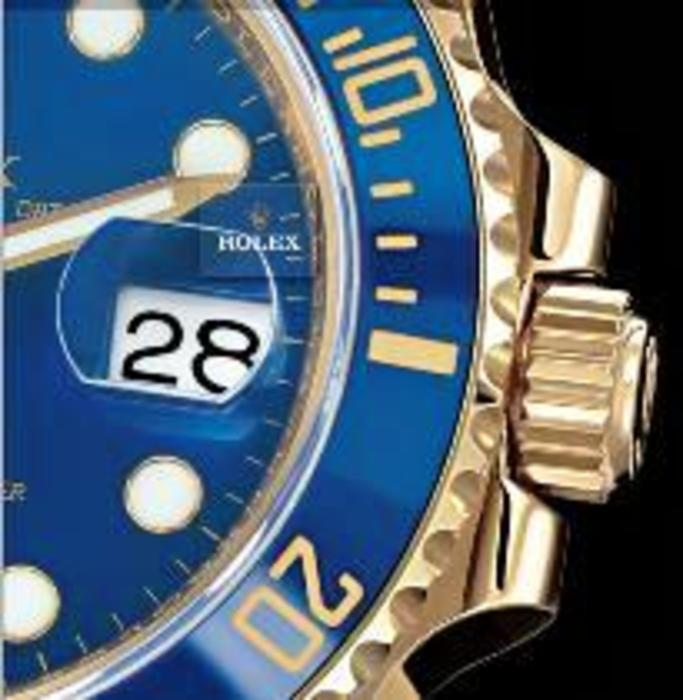While many sectors have seen sales drop due to the recent economic downturn, luxury brands, from watches and cars to clothing and jewelry, have the benefit of a clientele that, for the most part, remains unaffected by the financial strains that restrict mainstream consumers’ spending.
Appealing to a demographic that can brace itself against economic hardship does not, however, give luxury brands a reprieve from having to continually attract customers; it simply means they have to adapt their marketing tactics.
“Luxury brands are somewhat immune [to recession], but you have to be smarter in how you approach luxury buyers,” said Adam Paul, director of business development at interactive marketing agency ID Society.
Whereas non-luxury brands can employ more of a mass-marketing strategy that includes promotions and sales, “the most important thing with luxury brand is the experience – delivering a customized, personalized experience for the customer,” he explains.
But as the market starts to slow down, the best solution for a true luxury brand is to not try to become more accessible. “Instead, make [the product] more special, more tailored, more of an experience, more unique,” he continues.
Critical Mass VP and managing director Mark Szabo agrees, citing a rich interactive experience as the best way to market a luxury product.
“You have to understand why people want to use the site and then give a remarkable experience,” he says.
Critical Mass’ clients include watchmaker Rolex and auto manufacturer Mercedes-Benz, which both employ flash and audio-laden sites that heighten brand awareness as much as they market specific products.
Despite the Web becoming a more viable channel for purchasing luxury goods, the category has been surprisingly slow to adapt to a Web presence. Szabo believes this to be a function of luxury often being steeped in tradition, and “tradition takes time to adjust itself,” he says. “That’s why tradition gets to be tradition in the first place, and there is an inherent lag in reacting.”
There is ample opportunity, however, to extend even the most traditional and artisanal brands to an online presence – success depends more on the experience provided than the inherent interactive properties of the product itself.
Rich branding, such as that featured on the Mercedes Benz site, built by Critical Mass, can place products in a context that provides an experience that may transcend even in-person product usage, Szabo believes.
Greg Furman, founder and chairman of the Luxury Marketing Council, also acknowledges the lag luxury brands have shown in harnessing the power of interactive channels, but points out that they are coming to realize the channel’s potential.
“Luxury marketers are awakening to the power of e-marketing. The conventional wisdom is you couldn’t sell expensive goods over the Web – it was a mass vehicle and not a class vehicle. That’s not the case anymore,” Furman says.
He cites Neiman Marcus as an example of a luxury retailer that grew online sales without cannibalizing its store or catalog business, by understanding its online customer and cross- and up-selling purchasers with suggestions of relevant products.
“The fact that the economy is softening is heightening [luxury] marketers’ sense of urgency about using marketing techniques that have traditionally been on the back burner,” Furman says.







